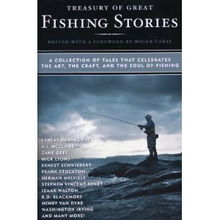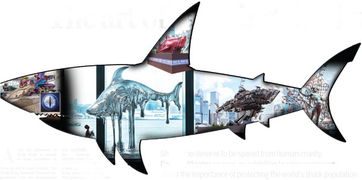本文目录导读:
- Understanding the Basics
- Choosing the Right Spot
- Mastering the Techniques
- Timing and Patience
- Safety and Etiquette
- Conclusion
Content:

Fishing is an ancient pastime that has been enjoyed by people across the globe for centuries. Whether you're a seasoned angler or a beginner looking to cast your line into the water, learning how to fish effectively and catch more fish is a skill that can be developed with practice and the right techniques. Here's a comprehensive guide on how to learn fishing and master the art of catching fish.
Understanding the Basics
Before diving into the nitty-gritty of fishing techniques, it's essential to understand the basics. This includes knowing the different types of fishing, the equipment needed, and the basics of fish behavior.
Types of Fishing
- Freshwater Fishing: This involves fishing in lakes, rivers, and streams. Freshwater fish include bass, trout, and catfish.
- Saltwater Fishing: This takes place in oceans, seas, and coastal waters. Saltwater fish species include marlin, tuna, and redfish.
Essential Equipment
- Rod and Reel: The combination of a rod and reel is the most basic piece of fishing equipment.
- Line: The type of line you use depends on the fish you're targeting and the conditions of the water.
- Hooks: The size and type of hook you use should match the bait and the fish you're trying to catch.
- Bait or Lures: Bait is natural food that you put on the hook, while lures are artificial and designed to mimic the movement of real prey.
- Tackle Box: This contains additional items like sinkers, swivels, leaders, and various hooks.
Fish Behavior
Understanding fish behavior is crucial for successful fishing. Fish are more likely to bite when they're feeding, so timing your fishing trips around their feeding patterns is key.
Choosing the Right Spot
The location where you fish can significantly impact your success. Here are some tips for choosing the right spot:
- Research: Before heading out, research the area you plan to fish. Look for information on fish species, water conditions, and popular spots.
- Structure: Look for areas with structure, such as rocks, logs, or weed beds, as these can provide cover and attract fish.
- Depth: Different fish species prefer different depths. For example, bass often hang out around 10-15 feet of water, while catfish might be found deeper.
Mastering the Techniques
Once you have the right equipment and a good spot, it's time to learn the techniques:
Casting
- Backcast: Start by holding the rod with both hands and sweeping it back over your head. This loads the rod with tension.
- Forward Cast: Once the rod is loaded, move it forward in a smooth motion, releasing the line as you do so.
- Accuracy: Practice casting to improve your accuracy. Aim for a target and try to hit it consistently.
Baiting the Hook
- Natural Bait: If using natural bait, ensure it's fresh and properly secured on the hook.
- Artificial Lures: When using lures, make sure they are properly rigged and ready to be cast.
Luring Techniques
- Trolling: Dragging a lure behind a moving boat can be effective for catching fish.
- Jigging: This involves quickly lifting and dropping a lure to mimic the movement of a struggling fish.
- Still Fishing: Sometimes, simply letting your bait sit still can be the most effective technique.
Reading the Water
- Surface Activity: Look for surface activity, such as fish jumping or breaking the water's surface, which can indicate feeding.
- Subsurface Movement: Pay attention to any movement beneath the surface, as it can indicate fish are nearby.
Timing and Patience
Fishing is as much about patience as it is about skill. Here are some tips to help you catch more fish:
- Early Morning or Evening: Fish are often most active during these times, so plan your trips accordingly.
- Weather: Overcast days or times when the wind is blowing can be more productive for fishing.
- Consistency: Keep trying different techniques and baits until you find what works. Sometimes, it's a matter of persistence.
Safety and Etiquette
Always prioritize safety and follow fishing etiquette:
- Safety Gear: Wear a life jacket if you're in a boat and ensure you have the necessary safety equipment.
- Respect the Environment: Leave the area as you found it and follow local fishing regulations.
Conclusion
Learning how to fish and catch more fish is a rewarding process that requires patience, practice, and a willingness to learn. By understanding the basics, choosing the right spot, mastering the techniques, and being patient, you'll be well on your way to becoming a skilled angler. Remember, the joy of fishing often lies not just in the catch but in the experience itself. Happy fishing!












